
That days can be removed from (or added to) the calendar is a wonderful reminder of our strange relationship with time, of how some things which seem permanent — like the date — really aren't.
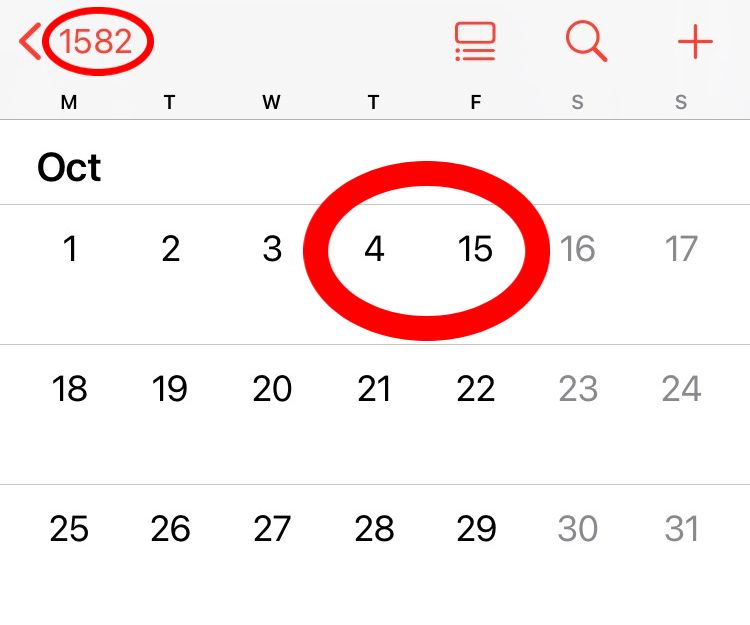
That days can be removed from (or added to) the calendar is a wonderful reminder of our strange relationship with time, of how some things which seem permanent — like the date — really aren't.
When the Gregorian Calendar is extended backward in time it is called the "Proleptic Gregorian Calendar".
When the Gregorian Calendar is extended backward in time it is called the "Proleptic Gregorian Calendar".
Like the Islamic Hijri calendar, the Japanese regnal calendar, or even the old Julian Calendar, which is still used in Orthodox Christianity.
Like the Islamic Hijri calendar, the Japanese regnal calendar, or even the old Julian Calendar, which is still used in Orthodox Christianity.
Like the Islamic Hijri calendar, the Japanese regnal calendar, or even the old Julian Calendar, which is still used in Orthodox Christianity.
Like the Islamic Hijri calendar, the Japanese regnal calendar, or even the old Julian Calendar, which is still used in Orthodox Christianity.
Hence the famous confusion around the "October Revolution" of 1917.
It happened on 25th October in the Julian Calendar, but on 7th November in the Gregorian.

Hence the famous confusion around the "October Revolution" of 1917.
It happened on 25th October in the Julian Calendar, but on 7th November in the Gregorian.
And that explains why England's tax year still ends on 5th April — 11 days after 25th March.
A peculiar historical relic.
And that explains why England's tax year still ends on 5th April — 11 days after 25th March.
A peculiar historical relic.
By that point another day had drifted, and so 11 days had to be removed — in 1752 the 2nd September was followed by 14th September.
By that point another day had drifted, and so 11 days had to be removed — in 1752 the 2nd September was followed by 14th September.
Prussia was the first Protestant state to switch over, followed by Denmark-Norway, the Protestant Netherlands, Switzerland, and others.
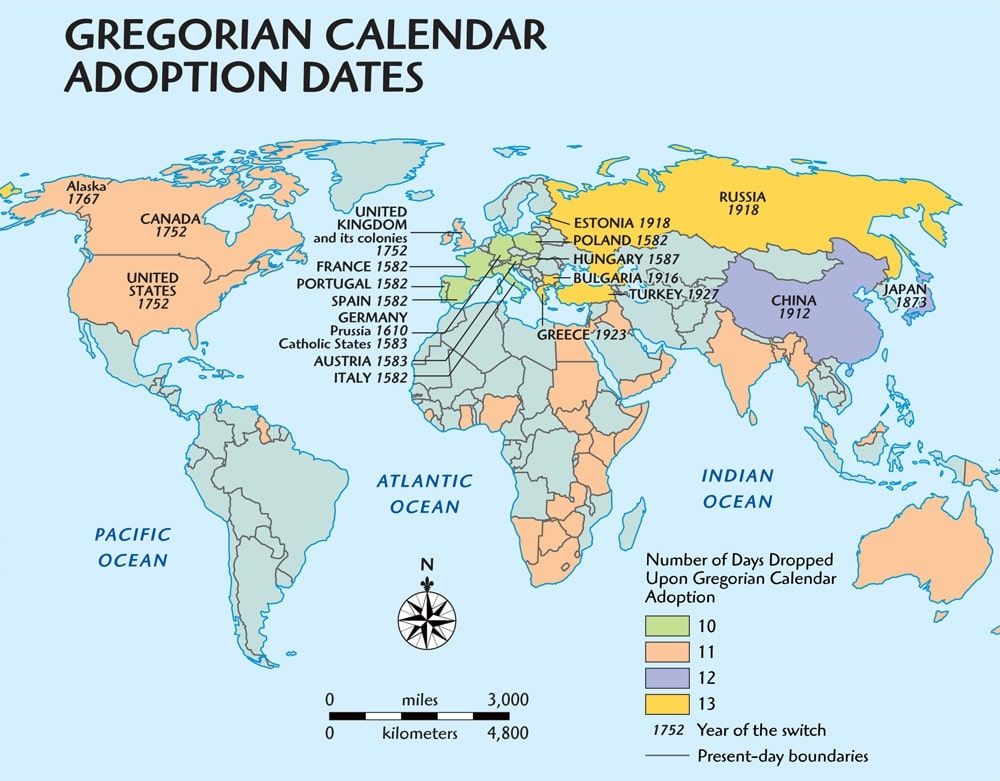
Prussia was the first Protestant state to switch over, followed by Denmark-Norway, the Protestant Netherlands, Switzerland, and others.
And so, for a time, crossing the border from one country to another could also involve going forward or backward 10 days.
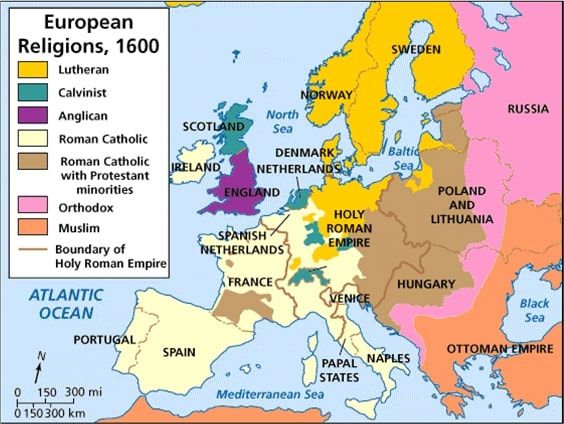
And so, for a time, crossing the border from one country to another could also involve going forward or backward 10 days.
In France it was adopted in December — the 9th was followed by the 20th — and by 1584 all of Catholic Europe was using the Gregorian Calendar.
In France it was adopted in December — the 9th was followed by the 20th — and by 1584 all of Catholic Europe was using the Gregorian Calendar.
It stated that the new, modified version of the Julian Calendar was to be adopted that year.
The change would happen in October, when Thursday 4th would be followed by Friday 15th, to correct the 10 days of drift.

It stated that the new, modified version of the Julian Calendar was to be adopted that year.
The change would happen in October, when Thursday 4th would be followed by Friday 15th, to correct the 10 days of drift.
And, crucially, Gregory reset it to the time of the Council of Nicaea in 325 AD, when the method for dating Easter was established — rather than to the birth of Christ or creation of the Julian Calendar.
So 10 days, not 14, had to be removed.
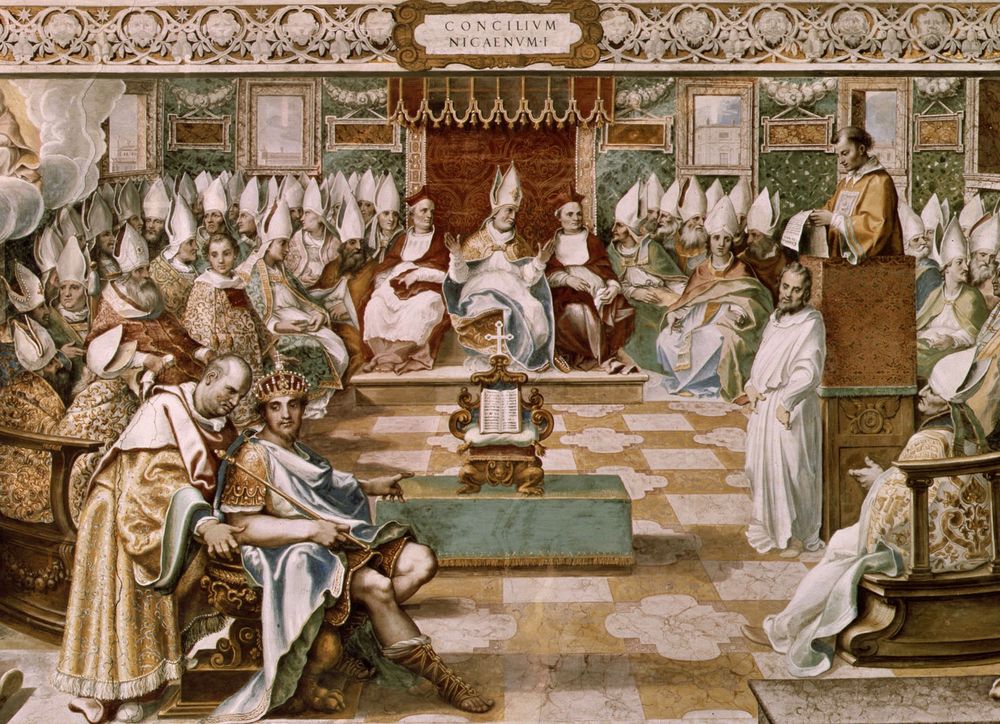
And, crucially, Gregory reset it to the time of the Council of Nicaea in 325 AD, when the method for dating Easter was established — rather than to the birth of Christ or creation of the Julian Calendar.
So 10 days, not 14, had to be removed.
The major difference was that no century year would be a leap year unless divisible by 400 (e.g. 2000).
This prevented the one-day drift every century.
The major difference was that no century year would be a leap year unless divisible by 400 (e.g. 2000).
This prevented the one-day drift every century.
So, in 1582, Pope Gregory XIII finally decided to solve this problem.
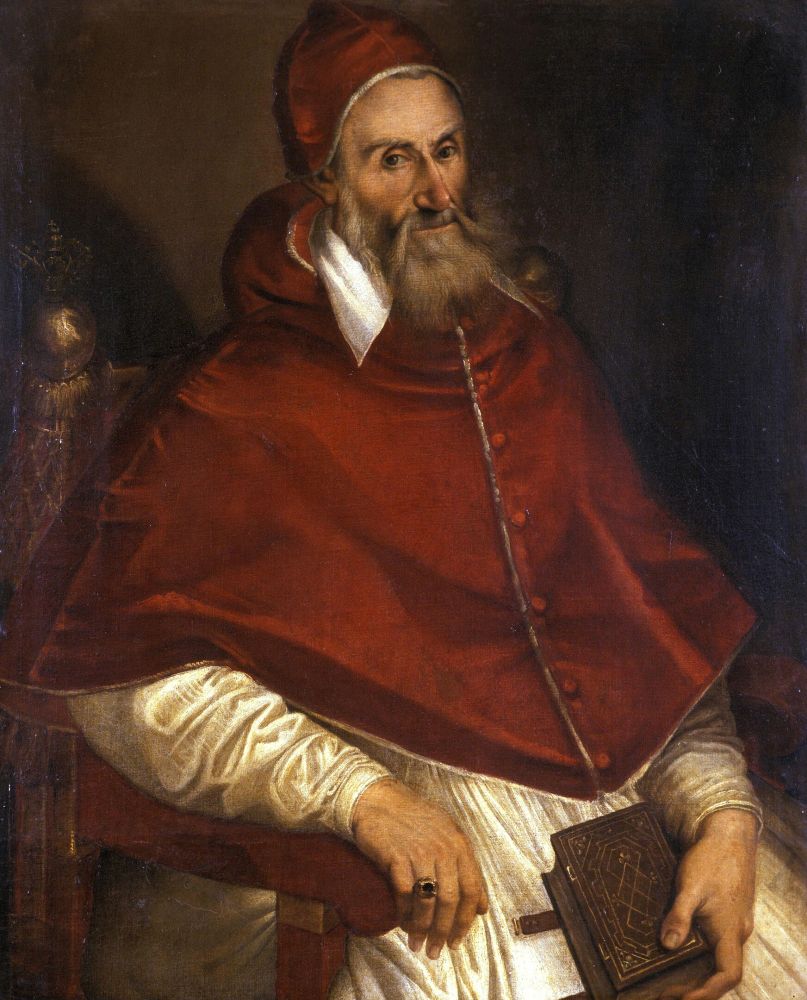
So, in 1582, Pope Gregory XIII finally decided to solve this problem.
And so by the 16th century it had drifted 14 days out of sync with the solar year.
This meant that (among other things) Easter wasn't being celebrated on the correct date — a fact considered unacceptable.
And so by the 16th century it had drifted 14 days out of sync with the solar year.
This meant that (among other things) Easter wasn't being celebrated on the correct date — a fact considered unacceptable.
It worked on the basis that a year is 365.25 days long... but a year is actually 365.2422 days long.
This meant the Julian Calendar drifted one day out of alignment with the solar year every century or so.
It worked on the basis that a year is 365.25 days long... but a year is actually 365.2422 days long.
This meant the Julian Calendar drifted one day out of alignment with the solar year every century or so.
And so 46 BC was, bizarrely, 445 days long — officially the longest year in history.
Little wonder it was known as the "annus confusionis", or "year of confusion".
And so 46 BC was, bizarrely, 445 days long — officially the longest year in history.
Little wonder it was known as the "annus confusionis", or "year of confusion".
Each calendar year would have 365 days, and every four years — what we call a leap year — an extra day would be added at the end of February.
A simpler and far more effective system.
Each calendar year would have 365 days, and every four years — what we call a leap year — an extra day would be added at the end of February.
A simpler and far more effective system.
Caesar consulted Rome's best astronomers and came up with a solution — the Julian Calendar.
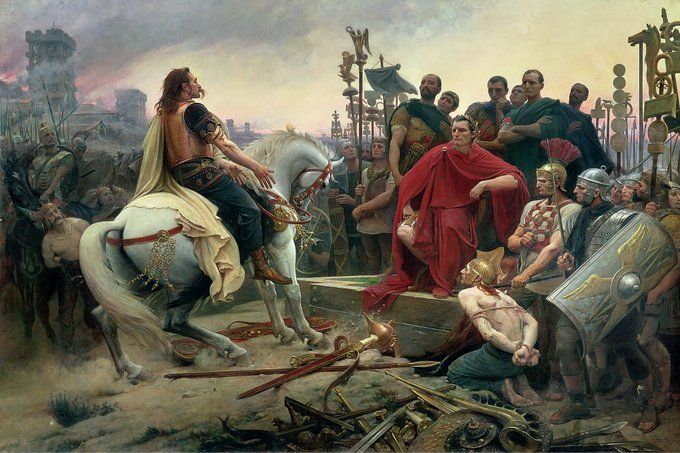
Caesar consulted Rome's best astronomers and came up with a solution — the Julian Calendar.
To keep it in alignment with the solar year — how long it takes the Earth to orbit the Sun — extra "intercalary" months of 22 or 23 days were added every two years.
That made sure the calendar was synchronised with the seasons.
To keep it in alignment with the solar year — how long it takes the Earth to orbit the Sun — extra "intercalary" months of 22 or 23 days were added every two years.
That made sure the calendar was synchronised with the seasons.
The year was 46 BC and he had just become "Dictator for Life" — Caesar was the sole ruler of Rome.
Among the many problems he needed to solve was the Roman Calendar, which had fallen into total chaos.
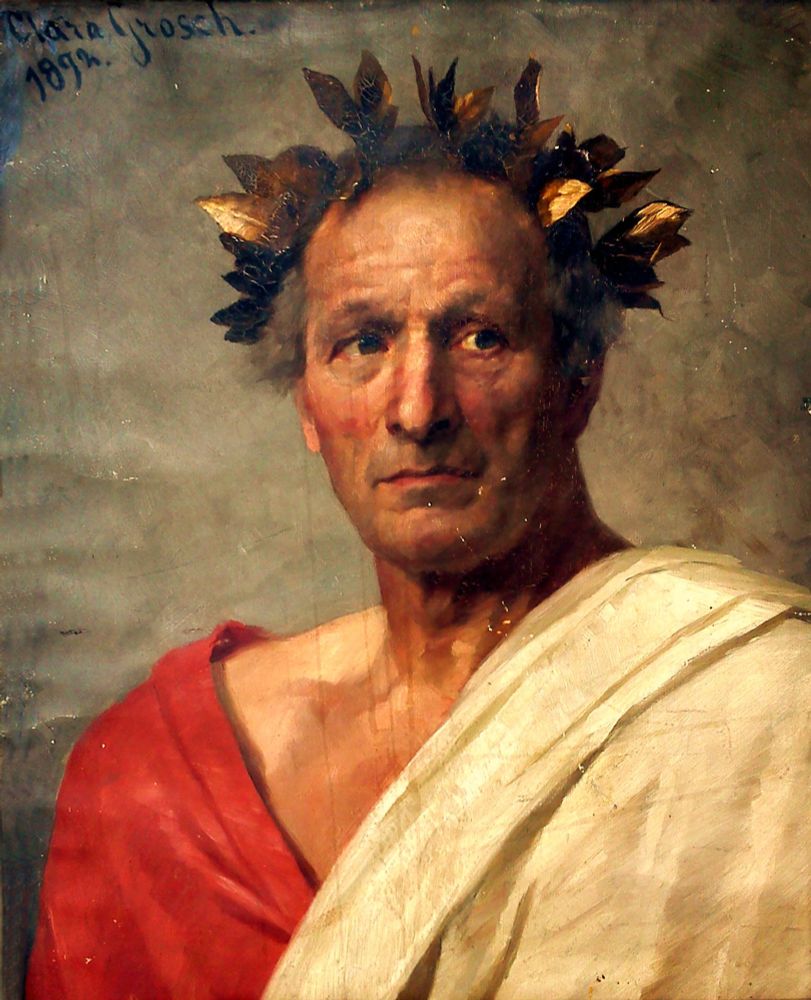
The year was 46 BC and he had just become "Dictator for Life" — Caesar was the sole ruler of Rome.
Among the many problems he needed to solve was the Roman Calendar, which had fallen into total chaos.

